Solved Fluid Mechanics Engineering Assignment: Atlantic Ocean Pressure
VerifiedAdded on 2023/04/21
|5
|677
|239
Homework Assignment
AI Summary
This document presents the detailed solutions to a Fluid Mechanics engineering assignment, addressing problems related to pressure calculation at significant depths in the Atlantic Ocean, the force exerted by water on a submersible's viewing window, and the analysis of incompressible fluid flow in a horizontal circular pipe with varying diameters. The solutions incorporate fundamental principles of fluid mechanics, including the use of hydrostatic pressure equations, force calculations involving density and volume, and the determination of Reynolds number to characterize flow regimes. Numerical answers are provided to three significant figures, demonstrating a clear and concise approach to problem-solving in the field of fluid mechanics.
1 out of 5
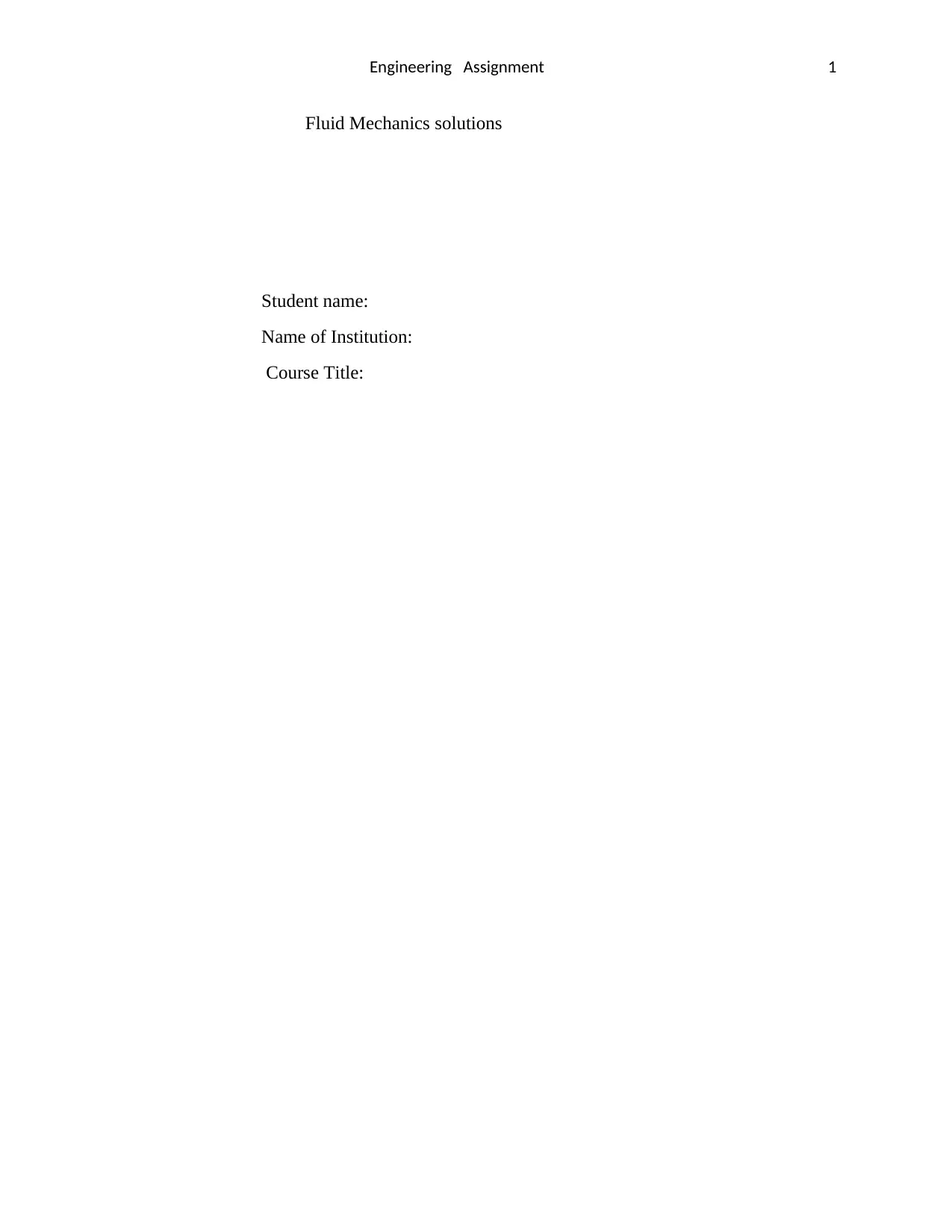
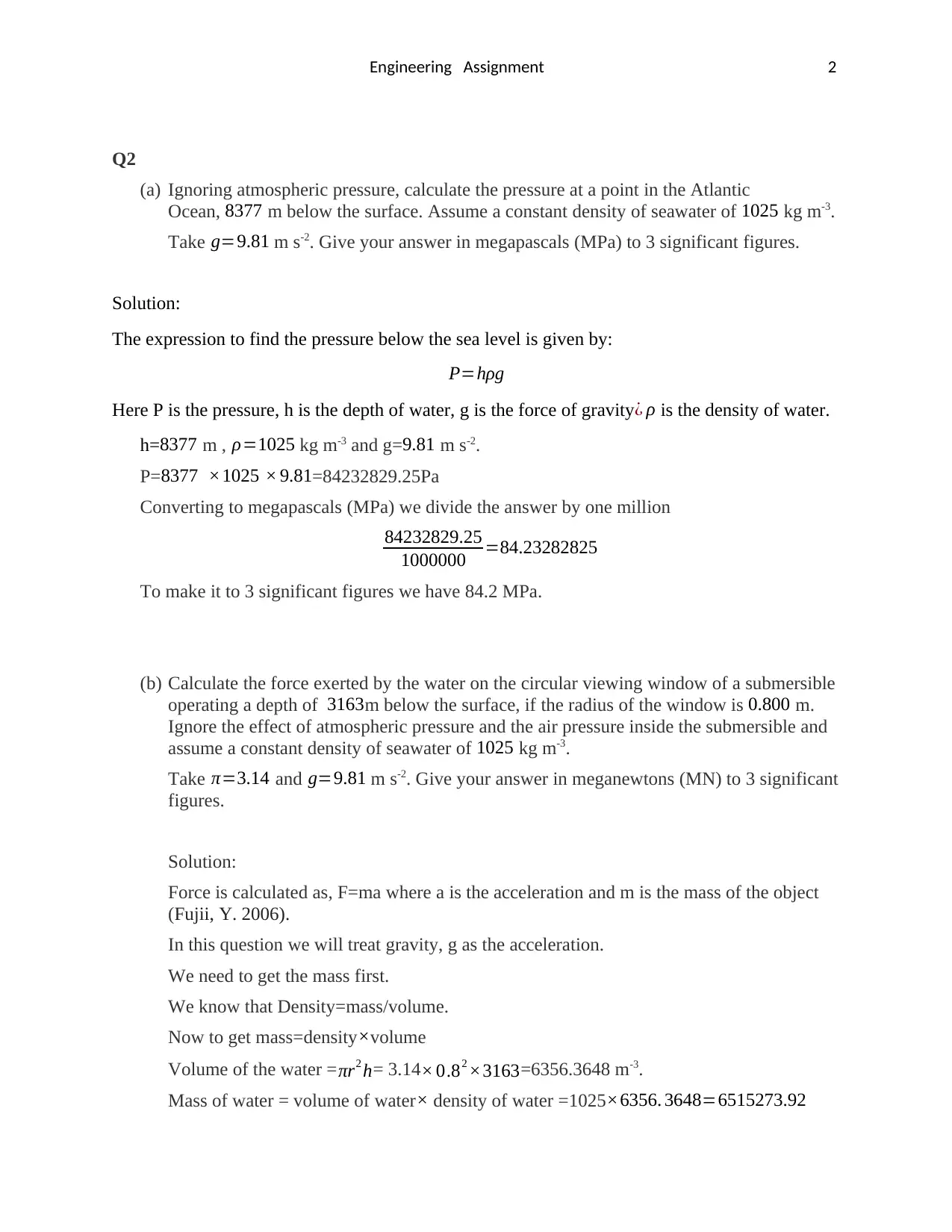
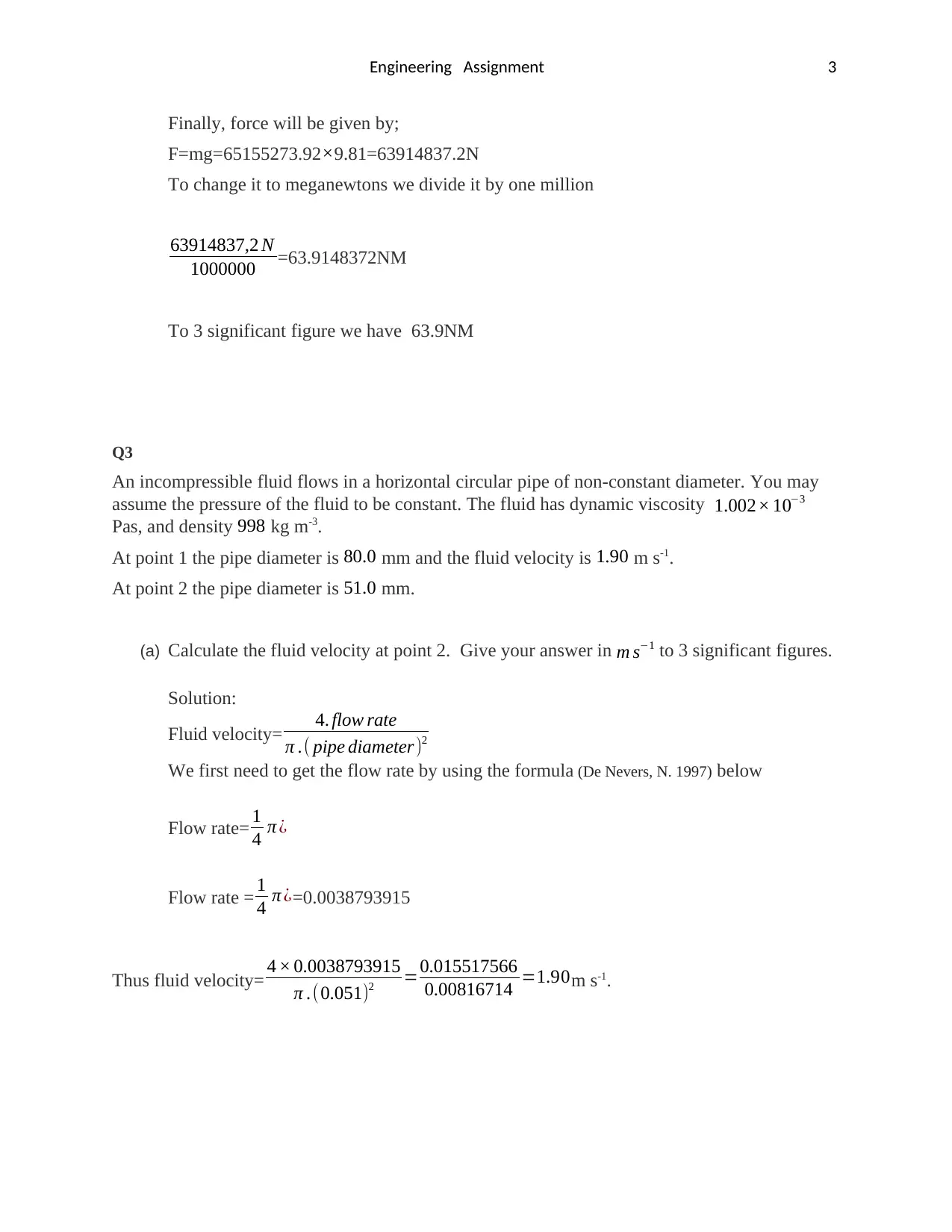

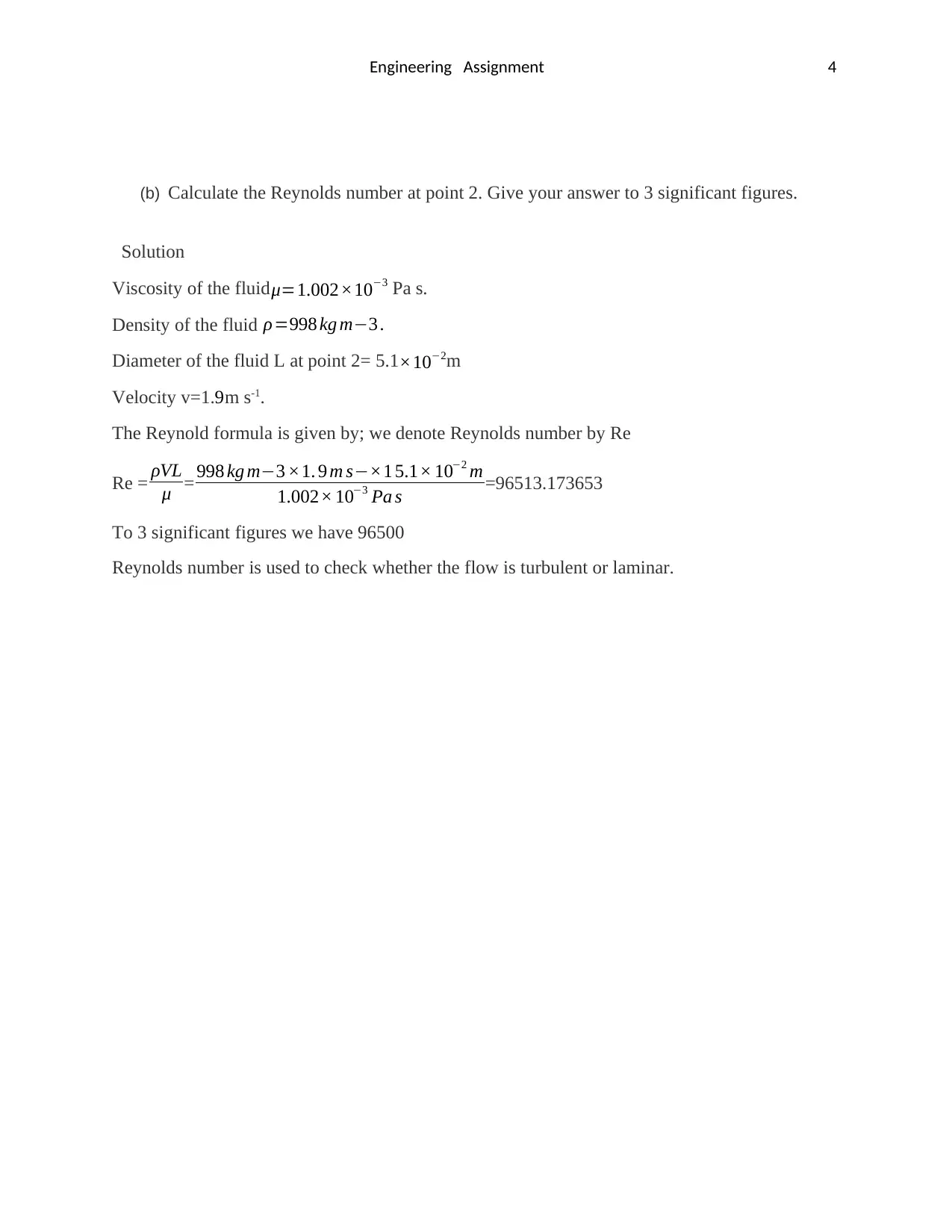
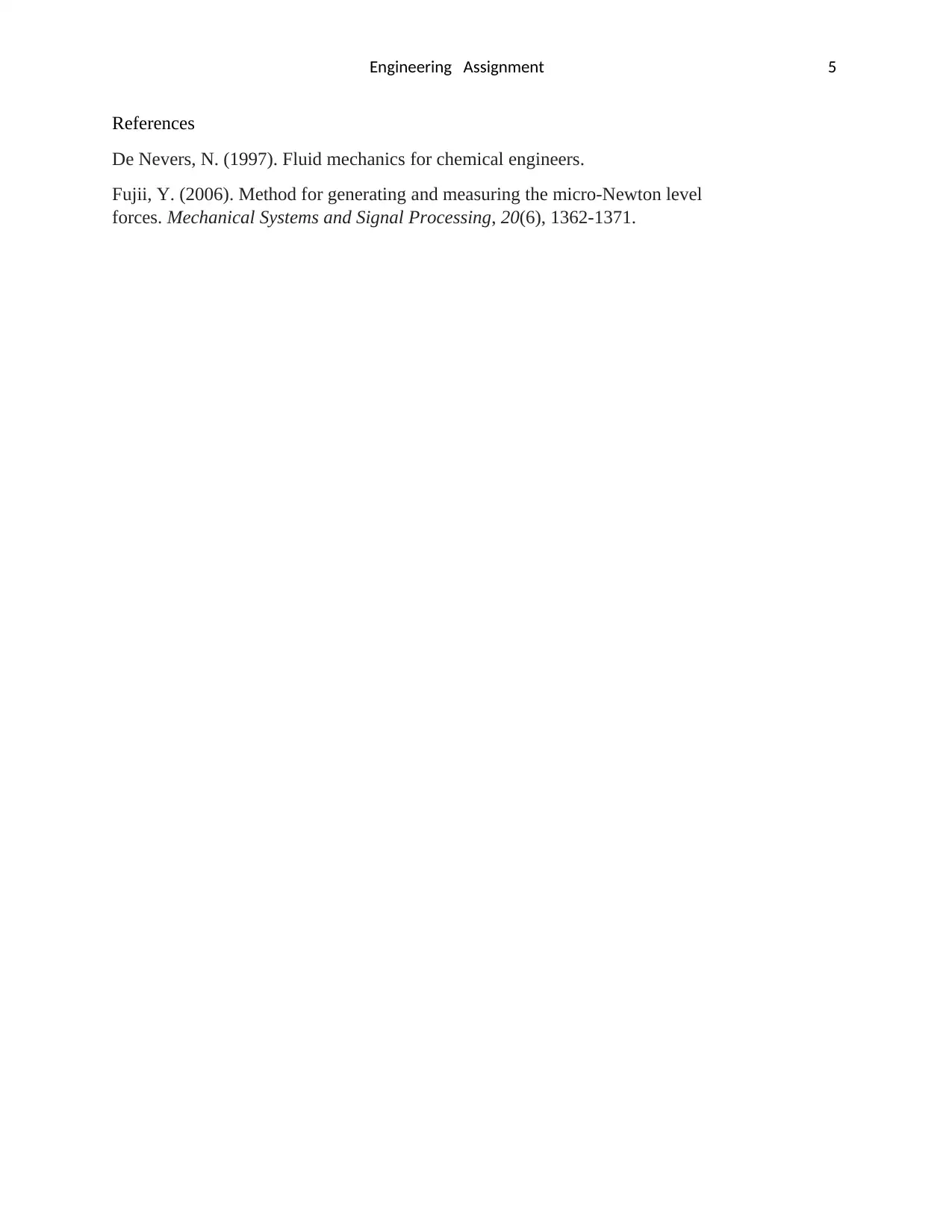






![[object Object]](/_next/static/media/star-bottom.7253800d.svg)